Commentary: Should alcoholic beverages feature a warning about cancer risk?
Published in Op Eds
Last week, U.S. Surgeon General Vivek Murthy issued a new report on alcohol and cancer, which emphasizes the risk of cancer in connection with drinking alcohol. “Alcohol is a well-established, preventable cause of cancer responsible for about 100,000 cases of cancer and 20,000 cancer deaths annually in the United States — greater than the 13,500 alcohol-associated traffic crash fatalities per year in the U.S. — yet the majority of Americans are unaware of this risk,” the surgeon general’s advisory states. The report “lays out steps we can all take to increase awareness of alcohol’s cancer risk and minimize harm.”
The most publicized recommendation is updating the warnings on bottles and cans of alcohol, which currently identify only the danger of drinking during pregnancy and drinking while operating a car or heavy machinery.
The current warnings are small, unobtrusive labels that were mandated by the Alcoholic Beverage Labeling Act of 1988 and have not been updated since. Examining the effectiveness of labels on cigarette packages will help resolve the question of whether it is a good idea to change the labels on alcohol to add language about the risk of cancer.
Has labeling cigarette packages worked? From an informational standpoint, yes. Studies generally indicate that through the package warnings, the public was made aware of smoking risks they did not appreciate previously. It is less clear whether the warnings were effective in reducing tobacco purchases.
A 2019 Rand Corp. study concluded, “Smokers with lower levels of nicotine dependence were deterred from purchasing cigarettes when graphic health warning labels were present compared with when they were absent.” The study gives evidence for the labels’ effectiveness among more casual smokers, but says that smokers with higher nicotine dependence were more likely to purchase cigarettes when graphic health warning labels were present.
“This finding adds to a small, but growing literature, which suggests that more highly dependent smokers react to graphic health warning labels differently than less dependent smokers,” the report said. The authors also note that health warning labels could have prompted a “defensive reaction” in smokers who were more dependent on nicotine.
Note the counterintuitive effect of labeling on mild versus heavy substance users. If these findings are extended to those who consume alcohol, new labels would likely educate the populace generally to increased cancer risk and reduce alcohol purchase in mild drinkers but not in heavy drinkers, who might actually increase their purchase.
In this respect, as alcohol consumption increases, cancer risk increases for at least seven types of malignancy: cancers of the breast, colon and rectum, esophagus, liver, mouth, throat and larynx. It is unclear whether there is a “safe” level of drinking. Other factors — genetic, smoking and environmental — enter into the equation.
Any modification to alcohol labeling would not occur right away because the change would have to be approved by Congress. However, there is an international trend toward more assertive labeling on alcohol containers. Alcohol is estimated to cause three-quarters of a million cases of cancer worldwide annually. The World Health Organization’s 2018 report on the global status of alcohol and health documented 47 member states that have placed health and safety warnings, up from 31 in 2014. Ireland became the first country in the world to mandate displaying on packaging a link between alcohol and cancer, and beginning in 2026, all alcohol containers in the country will carry the message, “There is a direct link between alcohol and fatal cancers.” South Korea is the only other country that has specifically identified cancer as a specific alcohol risk.
Based on what is happening in other countries and the growing appreciation of the cancer risk that alcohol presents — it is now believed to be the third most important external risk factor for cancer after smoking and obesity — the time is right to create new labeling.
“This is a really important and positive movement for the U.S. to acknowledge. The scientific literature is solid and we should address the barriers to get cancer warnings on labels on alcohol,” Jennifer Hay, a behavioral scientist at Memorial Sloan Kettering Cancer Center in New York, told USA Today.
In Part 2 of William Shakespeare’s “Henry IV,” the Bard’s most famous inebriate Sir John Falstaff muses on the effects of the sherry he loves to drink: “A good sherris-sack hath a twofold operation in it. It ascends me into the brain, dries me there all the foolish and dull and crudy vapours which environ it, makes it apprehensive, quick, forgetive, full of nimble, fiery, and delectable shapes, which delivered o’er to the voice, the tongue, which is the birth, becomes excellent wit.”
Based on the surgeon general’s advisory, Sir John would be well advised to include cancer in his description today.
____
Dr. Cory Franklin is a retired intensive care physician and the author of “ The COVID Diaries 2020-2024: Anatomy of a Contagion As It Happened.”
___
©2025 Chicago Tribune. Visit at chicagotribune.com. Distributed by Tribune Content Agency, LLC.





















































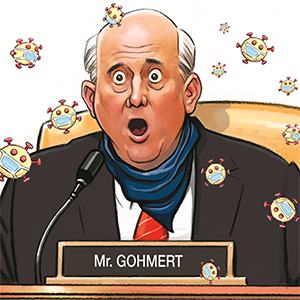
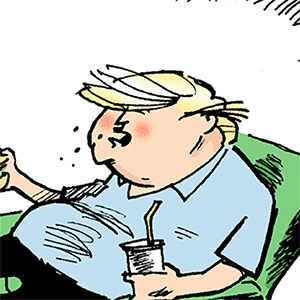
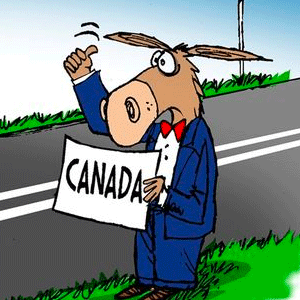
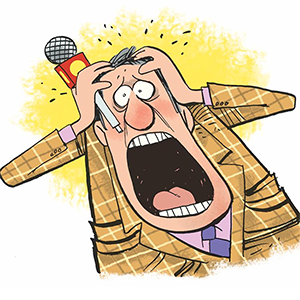
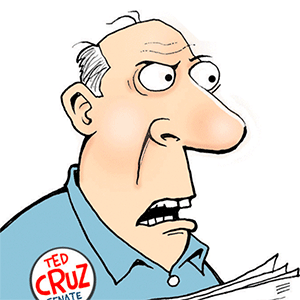
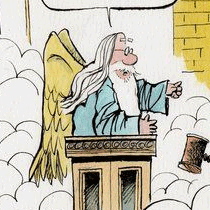
Comments